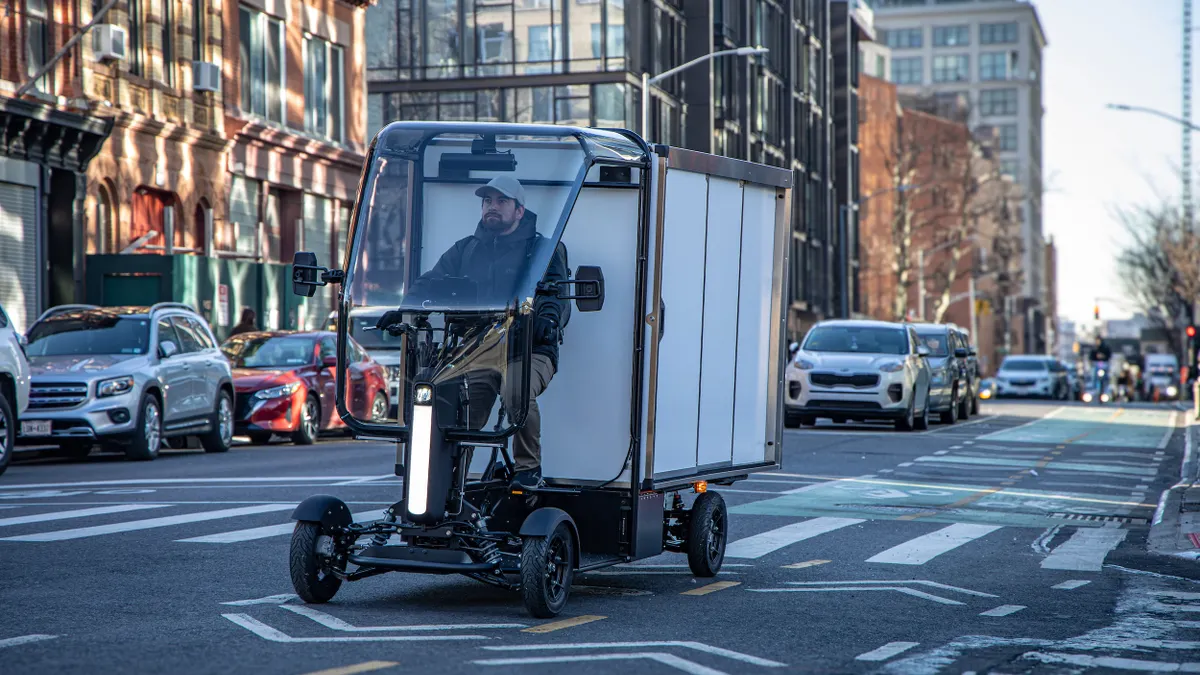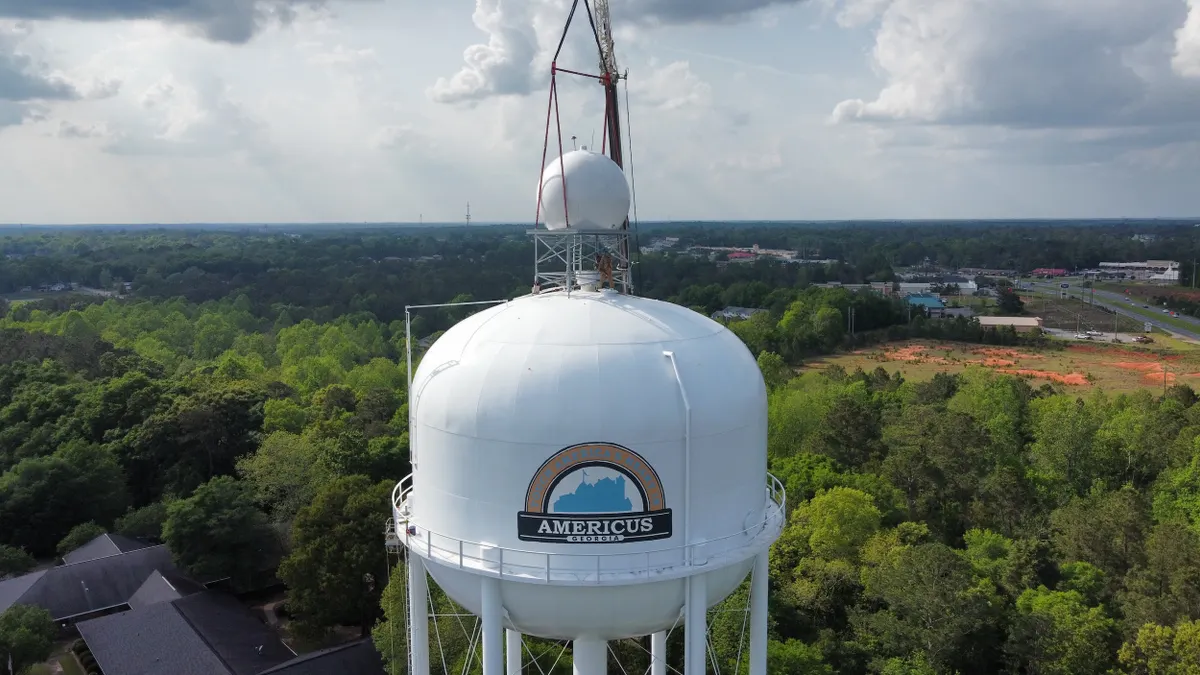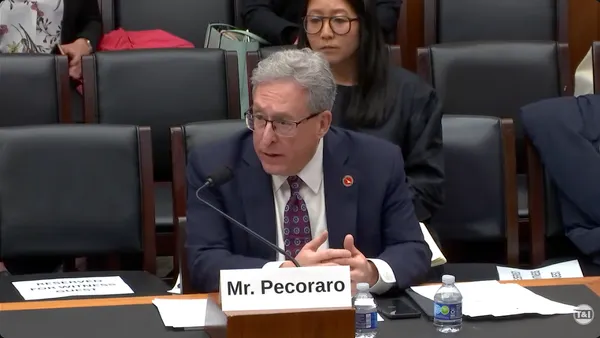The phrase, “You can’t get there from here,” was born out of New England’s frustrating roadways, our country’s original pathways paved over for thoroughfares.
A similar phenomenon has played out in the modern era of state and local government.
In the 1950s, government agencies began expanding services and hired more employees as a result. In the early 2000s, the number of public sector employees began leveling off, with the pandemic and “silver tsunami” leading to a decline even as federal funds were used to create new roles.
Government administration has always been a human capital-intensive endeavor, but now agencies must take a new approach to meet their communities’ needs.
State and local governments can’t hire their way out of their most pressing challenges:
-
Governments face increasingly challenging security, privacy, accounting standards, and legal requirements—while also struggling to attract talent.
-
Budget gaps, without pandemic-era federal funds to fill them, mean governments must find new approaches to sustain their communities.
- Constituents and businesses demand high-quality digital services, but governments must deploy these with care since poor virtual experiences diminish trust in government.
“Where we’re going, we don’t need roads.”
The next era is already here. Changing demands and expectations have helped marshal in the self-service era for state and local governments.
Enabled by software and AI, agencies will soon be able to provide new levels of service remotely—or through hybrid solutions like kiosks in public spaces—while requiring fewer staff for critical functions like compliance, reporting, and frontline services.
Consider two core government functions: 1) local tax collection and 2) public records management.
What the self-service era looks like for tax filings
Previously, every tax filing had to be handled by a human to manually account for every submission and ensure the accuracy of filings.
Each year, we conduct a survey of U.S. business owners who remit business taxes and maintain active business licenses with their local government.
In our most recent survey, we found that 90% did not have access to online capabilities that helped them ensure their filings were accurate and compliant. This creates a lot of back and forth, via phone or in-office visits, to complete a filing.
A common refrain we hear among tax administrators and finance leaders is that they want to achieve full collections of all current and delinquent charges while providing excellent customer service.
Many governments, like Longmont, CO, are already solving this challenge with online filing portals that ensure compliance, connect with their tax system of record for easy reconciliation, and eliminate manual work for staff. Modernization efforts in Longmont resulted in a more than 50% reduction in the time it takes staff to process filings.
What the self-service era looks like for public records
Similar to tax filings, recording land and vitals documents has traditionally been a manual task. Although title companies, law firms, and constituents often prefer to access and submit records remotely, and clerks, recorders, and registers of deeds and wills want to expand access and services for their communities, they can’t always find the time or resources to do so.
A change in approach is required. You can’t hire your way to quicker turnaround times. Offering e-recording results in fewer in-person requests. Those who adopt e-recording capabilities can see upwards of 80% of document filings occurring online. This cuts down the time to record and make a document publicly available from days to minutes.
Those who want to offer new services, like remote marriage licensing or certified copies requests, typically report challenges around ID requirements. Again, a change of approach is warranted. Many counties are adopting ID Verify technology, which is often more accurate than humans when it comes to validating an individual’s ID.
For Dauphin County, PA, leveraging an online video platform drove huge adoption of remote marriage services during the pandemic, which then provided the County with funds to pursue other investments in technology modernization.
In another notable push to leverage modern technology, an increasing number of governments are empowering constituents with self-service tools to combat persistent threats, like property record fraud. With access to an email alert system, constituents can proactively monitor filings related to specific parcel IDs and property owner names.
As state and local governments continue evolving to become a more trusted presence in the lives of their constituents, the need to embrace modern, self-service technologies has never been more urgent.










